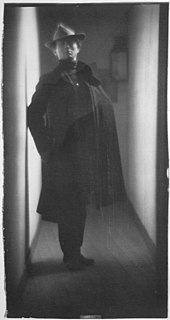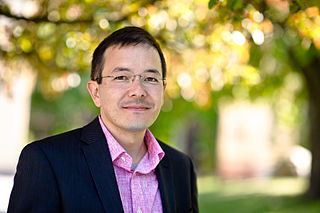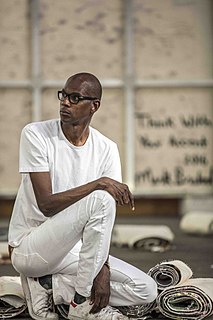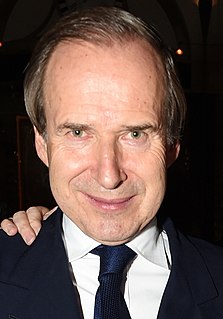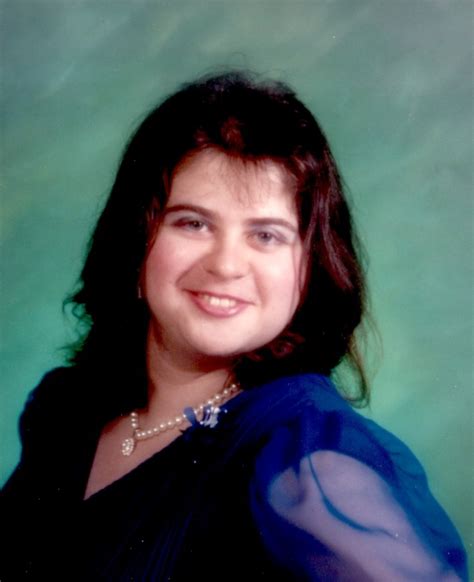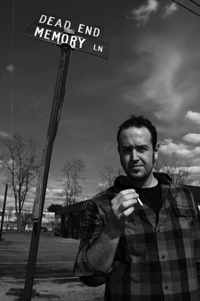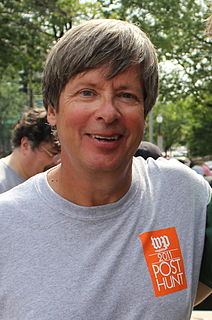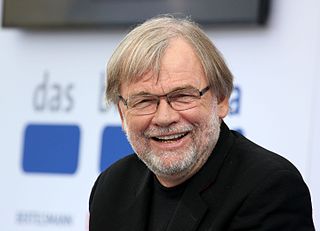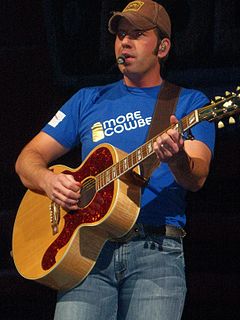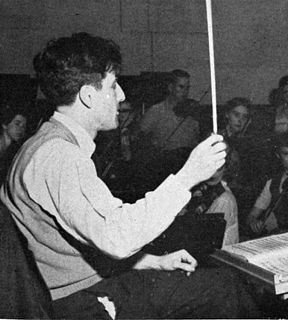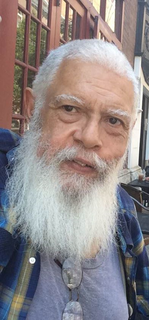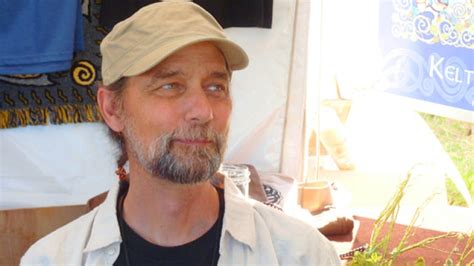A Quote by Henry Petroski
Indeed, an engineer designing a structure is not unlike an artist painting one. Both start with nothing but talent, experience, and inspiration. The fresh piece of paper on the drawing board is as blank as the newly stretched piece of canvas.
Related Quotes
I'm often wary of using the word 'inspiration' to introduce my work -- it sounds too much like a sun shower from the heavens, absorbed by a passive individual enjoying an especially receptive moment. While that may be the case on rare occasions, the reality is usually far more prosaic. Staring at a blank piece of paper, I can't think of anything original. I feel utterly uninspired and unreceptive. It's the familiar malaise of 'artist's block' and in such circumstances there is only one thing to do: just start drawing.
That authentic experience that happens both in the artist and in the audience you can classify as a mystical experience. You can classify it as aesthetic shock, or even a psychedelic experience. Some people seek to recreate that experience through drugs. But the other way that you can do it is through art, and through spectacle. We have those experiences when we go to rock shows, or when we listen to a piece of classical music, or read a particular poem, or see a painting.
Several years ago we had an intern who was none too swift. One day he was typing and turned to a secretary and said, "I'm almost out of typing paper. What do I do?" "Just use copier machine paper," she told him. With that, the intern took his last remaining blank piece of paper, put it on the photocopier and proceeded to make five blank copies.
The edge of a painting is its frontier... where the artist negotiates his boundaries with the real world... where art begins and ends and where the eye enters and leaves the image. It determines, in an infinitely subtle number of ways, how you read a painting - which, unlike a book or a piece of music, has no pre-determined beginning or end.
If you're talking to an architect, he can look at a blank piece of paper, and once the initial design is there, the formula kicks in. Each room should have something unique and different about it - much the same way that in a song, every eight bars or so, a new piece of information should be introduced.
You wind up creating from silence, like painting a picture on a blank canvas that could bring tears to somebody's eyes. As songwriters, our blank canvas is silence. Then we write a song from an idea that can change somebody's life. Songwriting is the closest thing to magic that we could ever experience. That's why I love songwriting.
The artist has some internal experience that produces a poem, a painting, a piece of music. Spectators submit themselves to the work, which generates an inner experience for them. But historically it's a very new, not to mention vulgar, idea that the spectator's experience should be identical to, or even have anything to do with, the artist's. That idea comes from an over-industrialized society which has learned to distrust magic.
People want to know those details. They think it gives them greater insight into a piece of art, but when they approach a painting in such a manner, they are belittling both the artist’s work and their own ability to experience it. Each painting I do says everything I want to say on its subject and in terms of that painting, and not all the trivia in the world concerning my private life will give the viewer more insight into it than what hangs there before their eyes. Frankly, as far as I’m concerned, even titling a work is an unnecessary concession.

